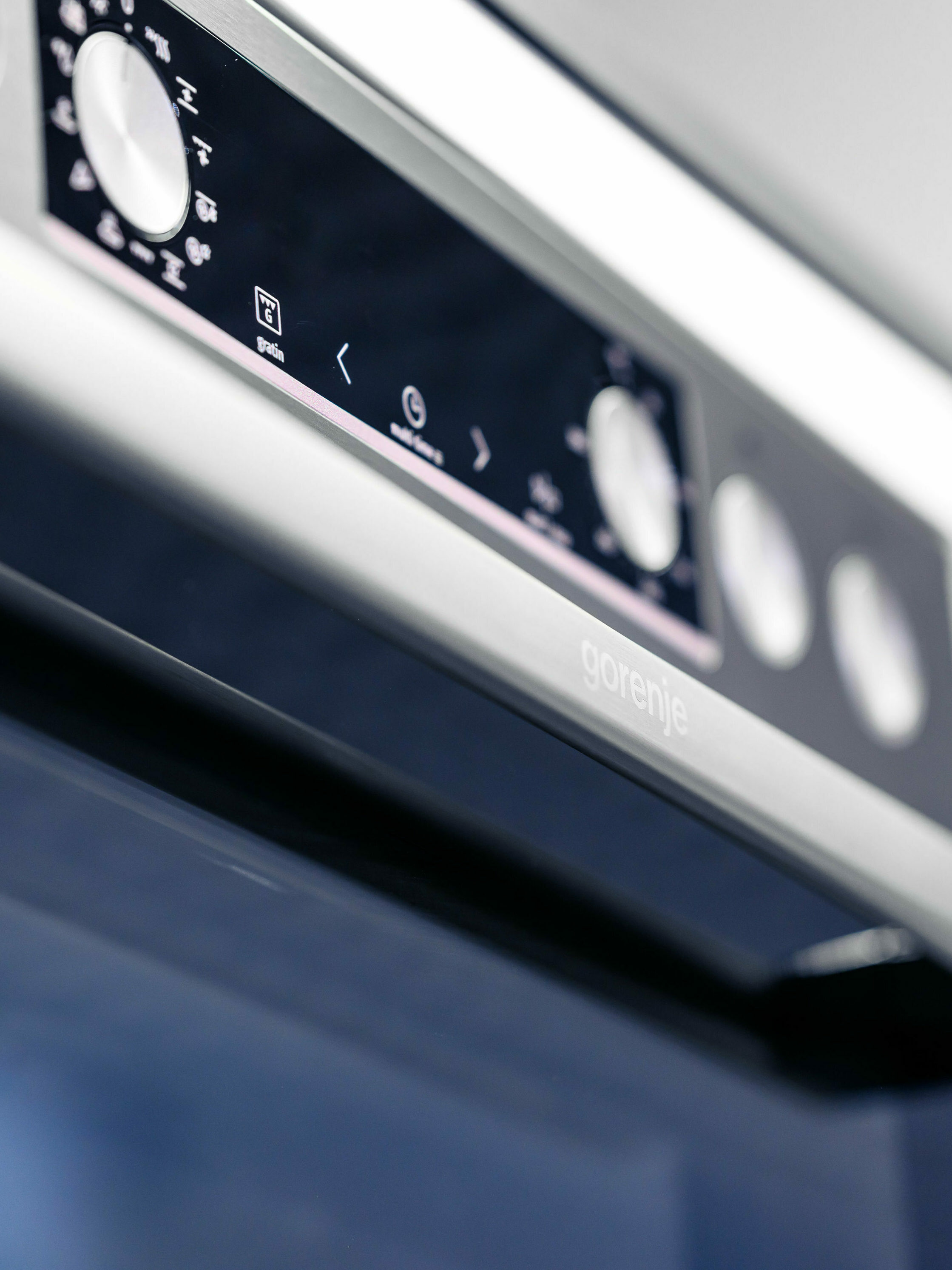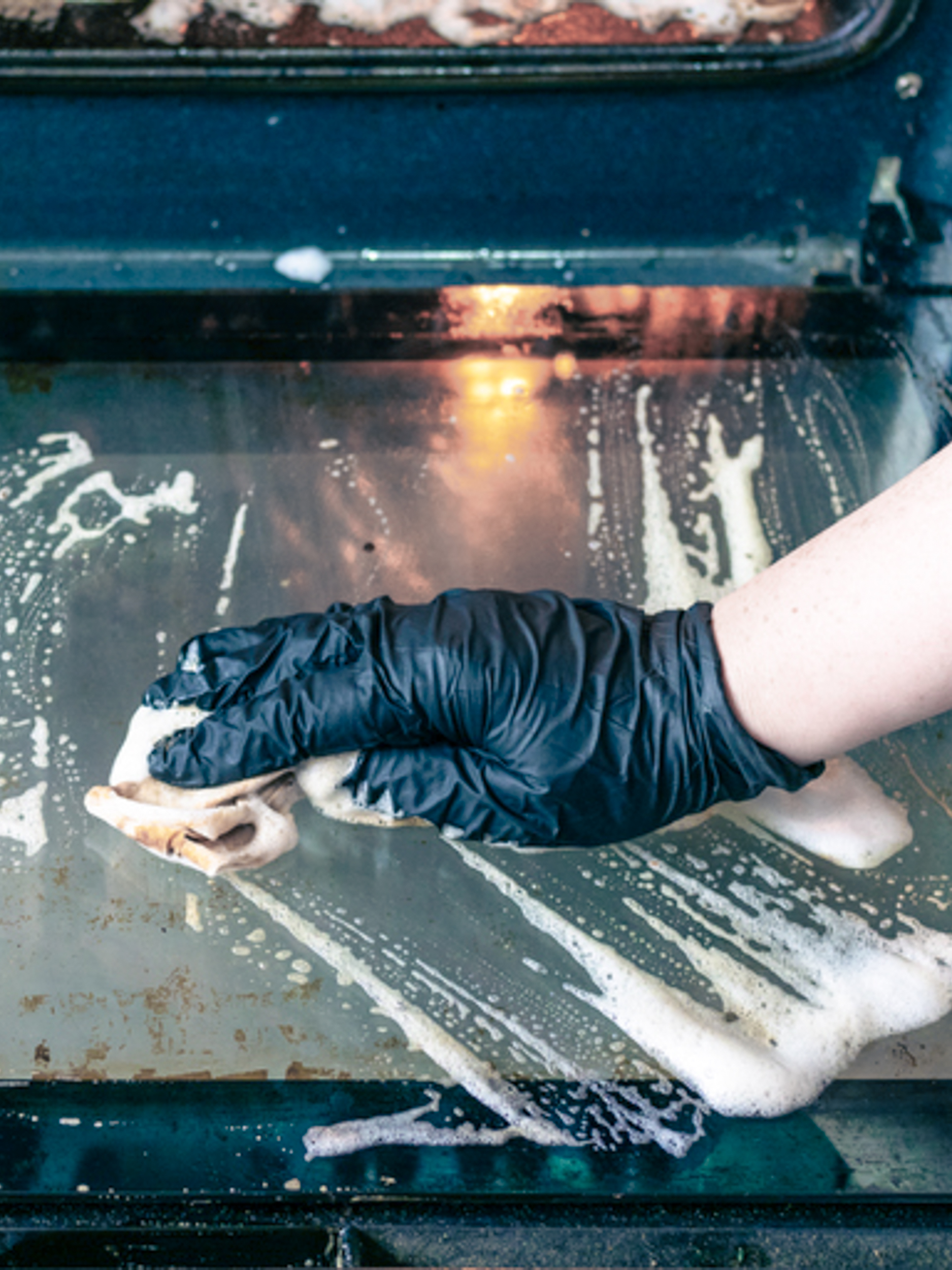Tip 1 - Dispose of leftover food in the bin
To prevent a blockage in the drainage sieve, food waste should be removed before placing crockery in the dishwasher and disposed of in the rubbish bin or compost bin.
Tip 2 - Do not rinse dishes first by hand
Manual rinsing is not usually necessary. However, dried or burnt-on food can be soaked in water, allowing dishes to be cleaned more easily. Vinegar can be used to clean heavily soiled dishes before placing in the dishwasher.
Tip 3 - Load the dishwasher correctly
Glasses should be loaded in a stable position and they should not touch each other. Tall, slim glasses are placed in the middle of the dish rack. Make sure deep dishes are loaded in a way that allows the water to drain off. Put unsorted cutlery in the cutlery basket, with the handles facing down. Only sharp cutlery should be placed with the handles facing up for safety reasons, in order to prevent injury. For dishwashers with a cutlery drawer, sorted cutlery can be placed onto the drawer.

Tip 4 - Fill the dishwasher if possible
To maximise the sustainability and energy efficiency of the dishwasher, it should only be used when full. But be careful when loading the dishwasher: the water jets can cause dishes and glasses to move. If glasses come into contact, for example, they can damage each other. Contact can also reduce cleaning performance and cause streaks, leading to dissatisfactory cleaning results.
Tip 5 - Cleaning agent, rinse aid and regeneration salt versus all-in-one tabs
Three components are required for a perfect dishwashing result: cleaning agent, rinse aid and regeneration salt. These three components are available in various forms: individually, as dual-function tabs (cleaning agent and rinse aid) and as all-in-one tabs, which may contain other special protective components besides cleaning agent, rinse aid and regeneration salt. All these versions fulfil their specific purpose. How the individual components work:
- cleaning agents are available in the form of tabs, gel capsules, powder and gel. Tabs and gel capsules make dosing easy. But tabs and capsules are not recommended for sprint programs, since the rinse aid is not heated as much as it is during the normal program, meaning the tab may not fully dissolve. Powder and gel can be dosed individually and adjusted to the level of soiling and the size of the load in the appliance. Always put the cleaning agent into the dosing compartment and never into the salt reservoir or cutlery basket.
- Rinse aid prevents lime spots from being left behind on dishes and glasses after drying.
- The regeneration salt ensures the ion exchanger regenerates, allowing the water to be descaled. This protects the dishwasher and crockery from limescale deposits. Under no circumstances should table salt be used instead of regeneration salt. Table salt can contain additives that impede the ion exchanger. If while replenishing the regeneration salt some spills over, it is a good idea to run a wash program with a rinse process.
Tip 6 - Use the ECO program
To maximise sustainability and energy efficiency when using the dishwasher, the wash program should be adjusted to the level of soiling of the dishes loaded in the appliance. Dishwashers usually offer the following programs:
- Gentle program 30°C to 45°C: For lightly soiled, temperature-sensitive crockery, in particular glasses.
- ECO or economy program: For cleaning normally soiled crockery, works with particularly low energy and water consumption.
- Normal program 50°C or 55°C: For lightly to normally soiled crockery:
- Universal program 60°C or 65°C: For dried-on food and bleachable residues like tea.
- Intensive program 70°C or 75°C: For heavily soiled pots and pans.
- Automatic program: Automatically adjusts the program to the level of soiling.
To care for the dishwasher, we recommend running an empty wash program at the highest temperature setting (ideally the Intensive or Hygiene program) with a special dishwasher cleaner at least once per month.

Tip 7 - Open the dishwasher door after the program ends
Before the dishwasher is unloaded after a program ends, the door should be fully opened for a while to allow the moisture to escape. Many appliances open the door automatically.
Tip 8 - Clean and maintain the dishwasher
The right care is important to ensure the appliance runs reliably for many years. Regularly cleaning the sieve insert ensures water can easily and evenly drain. The interior side of the door should also be regularly cleaned with a damp cloth to remove dirty residues and keep the appliance hygienic. Moreover, a range of products are available for cleaning the inside of the dishwasher and maintaining the rubber seals.





